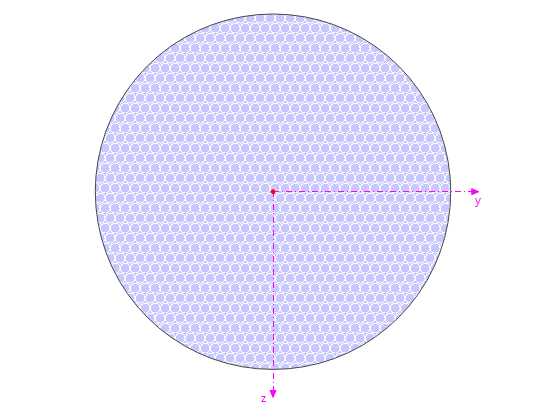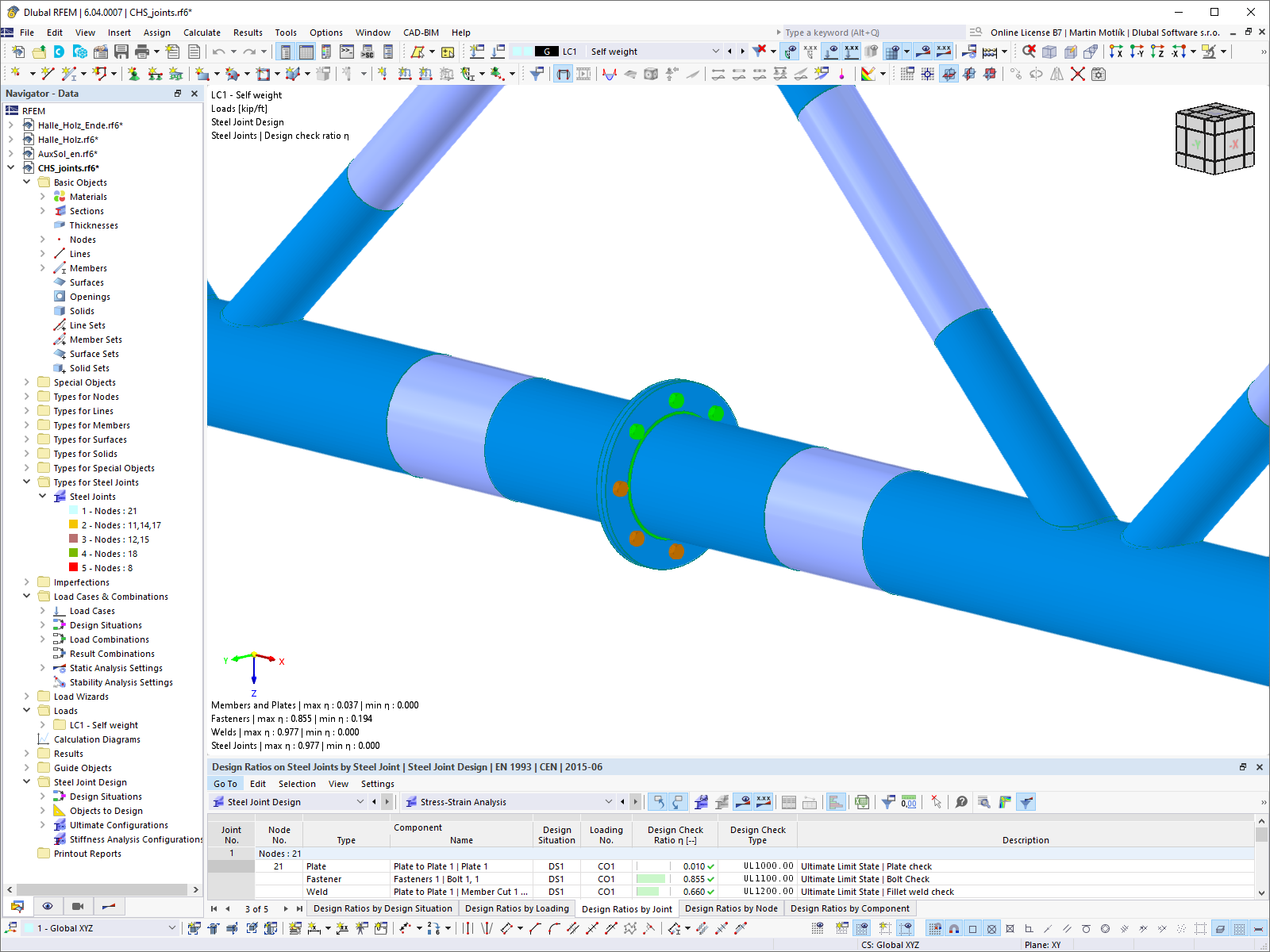Structure
The retort consists of a refractory steel envelope, supporting strong temperature gradients, and numerous layers of refractory materials, providing thermal insulation between the molten pool and the envelope.
The retort is fastened to a belt by six specific screws, which ensure permanent plating in all directions required by the process steps.
These screws, which are massive (M64), must be inserted inside the belt through small loopholes, then lifted at arm's length to complete the assembly. The regular change of retorts for the replacement of refractory materials makes this task difficult.
Therefore, the project includes a study of an alternative fastening that no longer requires the insertion and manual maintenance of heavy axles in the belt. After analyzing the customer's proposal, a solution using tilting axes outside the belt was proposed and adopted. While the ergonomic gain is significant (accessibility to the elements of the retort is far greater and the effort required to reach said elements is greatly reduced), the mechanical stresses are increased by the distance between the fasteners.
The entire existing retort was thus modeled in its original version, and the necessary modifications were made: adding plates, reinforcements, gussets, axes, trimming of colliding elements, and positioning peripheral accessories.
Once the 3D model was completed, complete recasting in the median surfaces for the sheets and in external surfaces for the solids was carried out within the assembly, in order to export it in a *sat file for integration in RFEM 5.
Integration into RFEM 5
This first import failed due to the precise modeling of the refractory layers, which generated a large number of surfaces and lines that were either superimposed, offset, or absent. After several unsuccessful attempts to clean up the model, the decision was made to create a new export from a 3D sketch that only contains the edges of the CAD model. This implied the manual, delicate, and tedious reconstruction of all surfaces under RFEM using quadrangle models, and other polygons and surfaces defined by contour. The modeling was very complex because the retort has cone-like surfaces or cylindrical components with reliefs, and some elements have openings of complex geometry on non-planar surfaces.
This step was necessary to model the distribution of the masses of refractory and molten steel within the retort as accurately as possible, for all the key directions. Since the dead load is the only stress applied to the model, it was essential that the geometries respect the real situation as closely as possible.
The second complexity was to model the interaction of the retort on the belt by simulating a sliding contact with a tight bond and stops. It took several iterations to find a stable model working in a non-linear mode, which means more and longer iterative calculations than in the linear approach.
The results obtained were used to verify the existing assembly on one hand, and the proposed solution on the other.
| Location | Place Martenot 03600 CommentryFrance |
| Customer | ERASTEEL |
| Study/Calculations | ATI COM |
| Integrator | ATI COM |

.jpg?mw=686&hash=d0f4d937725ad3f46b3cff412d927e2e492b1124)


.jpg?mw=201&hash=7a05cfee56e9be604da68459f89851796078a715)

























.jpg?mw=350&hash=bd355674e865e37d5548c329b8f5f0153cefe276)
















